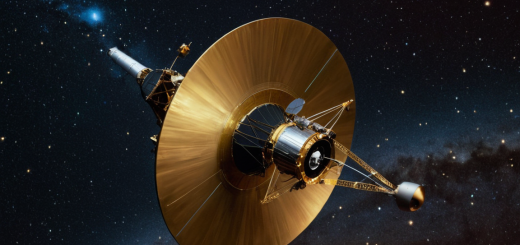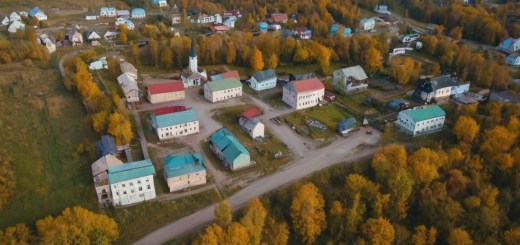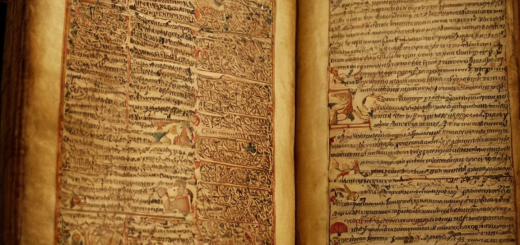Exploring the Stars: The Fascinating World of Globular Clusters
Unraveling the Mysteries of Globular Clusters
Deep in the cosmos lies a spectacular phenomenon that has captured the curiosity of astronomers for centuries: globular clusters. These dense spherical collections of stars are some of the oldest formations in the universe, providing a window into the early stages of cosmic history and the evolution of stars.
What Are Globular Clusters?
Imagine a snow globe full of glittering stars, each one representing a sun of a far-off solar system. That’s a globular cluster. They contain hundreds of thousands, and sometimes millions, of stars bound together by gravity, orbiting the center of galaxies like our Milky Way. 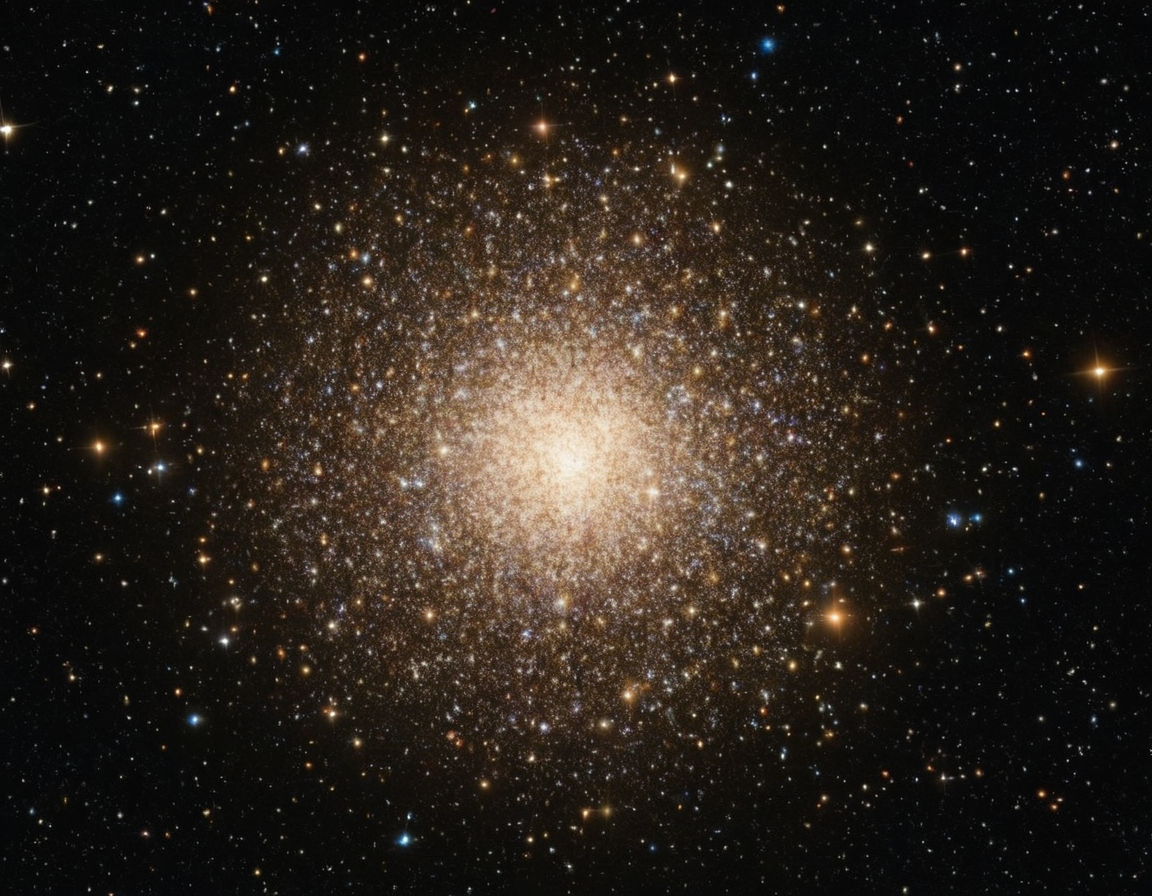
How Are They Formed?
The origins of globular clusters are shrouded in mystery. Scientists believe that these stellar assemblies formed around the same time as their host galaxies, about 10 to 12 billion years ago. They are thought to be remnants of the intense period of star formation that occurred in the early universe.
The Role of Globular Clusters in Astronomy
Astronomers study globular clusters to understand stellar evolution and the dynamics of stars in a densely packed environment. Since globular clusters host some of the oldest stars known, they are crucial for learning about the early universe. 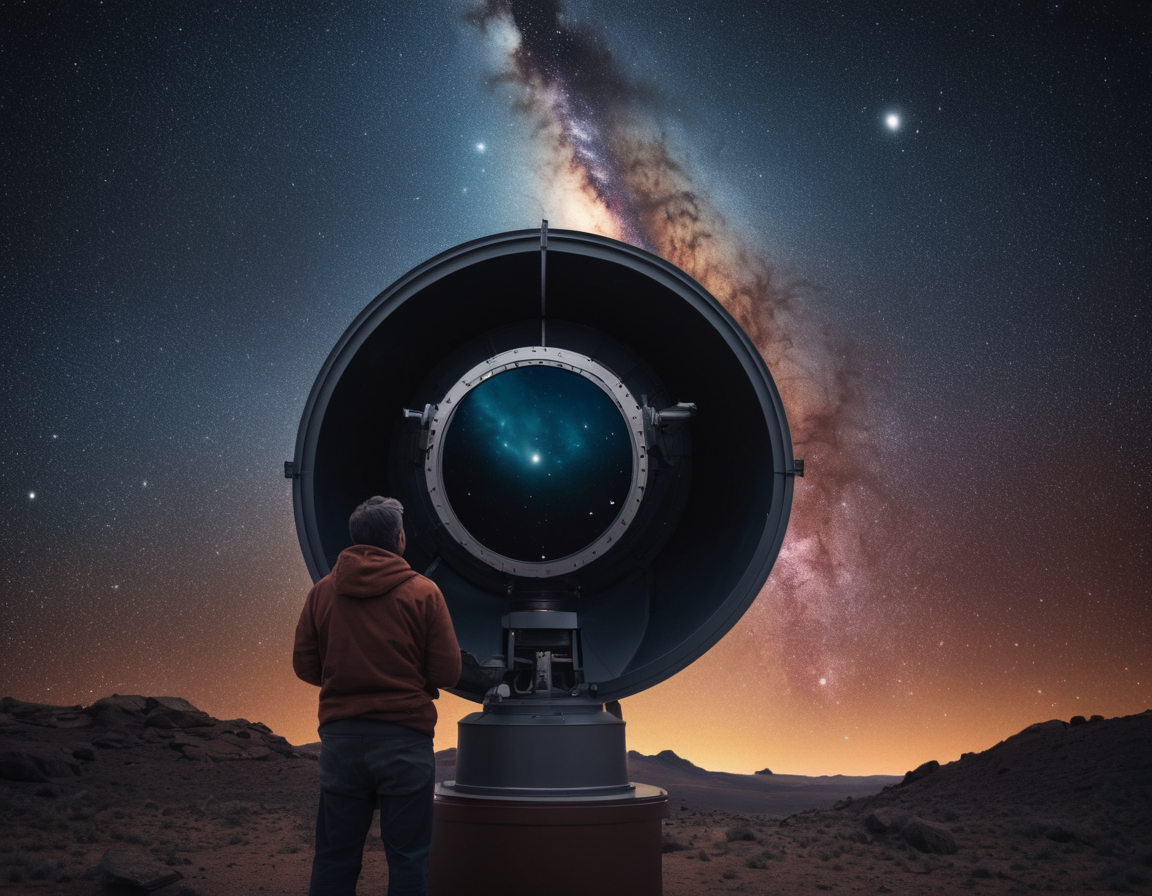
Where Can We Find Globular Clusters?
Globular clusters are found in the halo of galaxies, which is the outermost layer, orbiting the galactic core like bees around a hive. In the Milky Way alone, there are about 150 known globular clusters.
Unveiling the Secrets of the Stars
Studying globular clusters not only reveals the history of stars but also information about the distribution of dark matter, the compositions of galaxies, and the forces that shape them. Each star in a globular cluster carries within it the secrets of our universe’s past and potentially, the insights to its future. 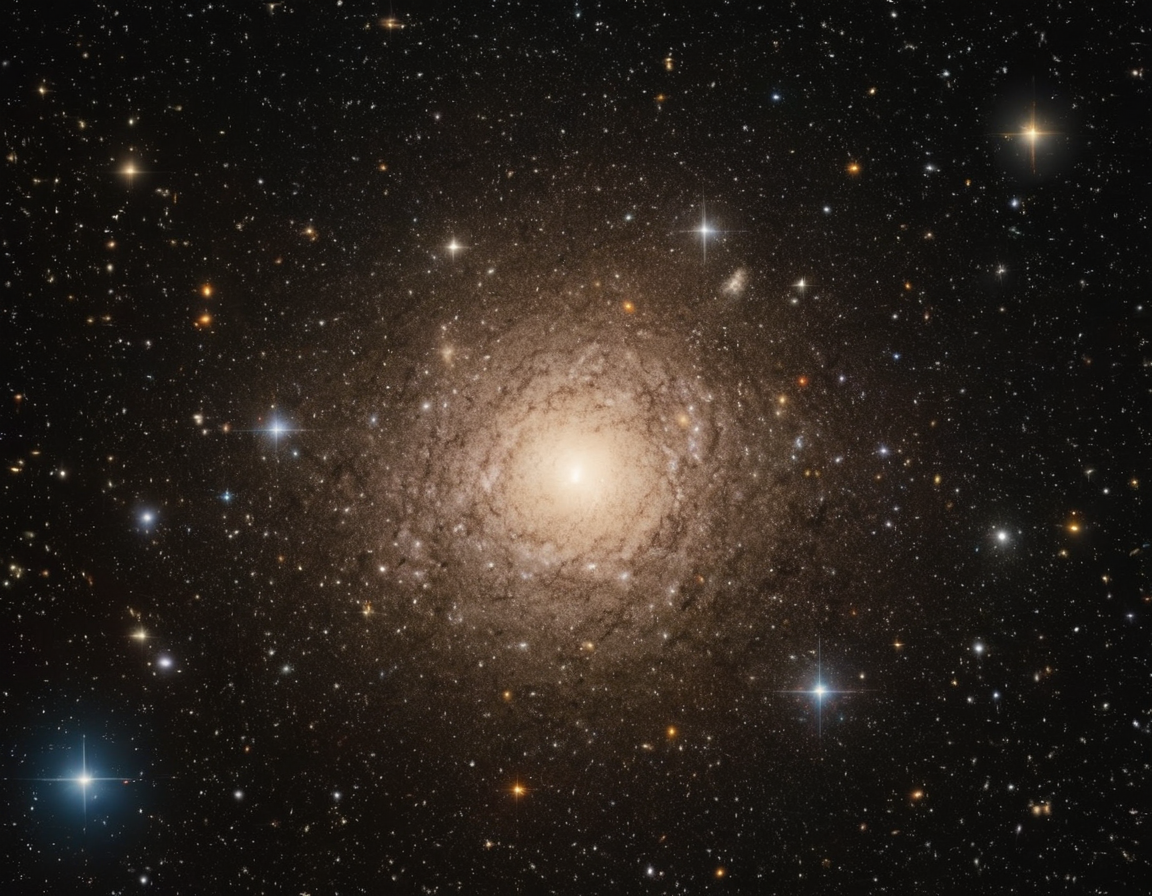
Conclusion
The study of globular clusters continues to challenge and excite astronomers worldwide. As technology advances, so too does our understanding of these ancient celestial bodies, paving the way for new discoveries and theories about the cosmos.


